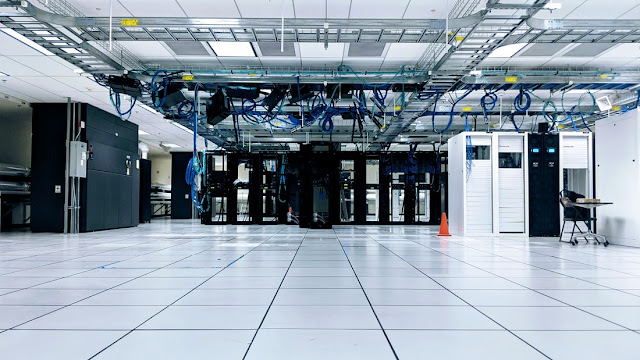
Virtualization is an IT solution that has become widely accepted in the enterprise. It can provide organizations the opportunity to meet their business objectives like lowering costs, improving agility, and gaining flexibility.
The three types of virtualization are IaaS, on-premise, and bare-metal cloud. Which one is right for you?
Bare Metal Cloud – Hardware Virtualization
This type of virtualization is for very specific use cases. For instance, bare metal cloud servers are used for continuous delivery in the cloud. It is different from virtual machines which are being powered by multiple virtual machines in your data center. Bare metal clouds are delivered as physical hardware. Hardware virtualization is the very most important aspect of this type of virtualization.
If you have on-premise hardware then you have the freedom to use those physical machines for building the virtual machine. IaaS or virtualization on the cloud can use the virtual machines provided by your host providers. Bare metal clouds are better in two aspects. First, by using a bare-metal cloud you don’t need to buy a virtual machine – secondly, you can use your existing physical machine and virtualize it.
Where is the Hardware Located?
VMware’s VSphere is known as the premier solution for virtualization on the VMware vSphere stack. It helps in creating and maintaining multiple virtual machines on one physical hardware and creates the environment of virtual machines to live in. It is well-known for its simplicity, which gives IT organizations tremendous flexibility and allows high performance on their virtual machines.
Who Manages the Hardware?
Controlling the hardware of the virtual machine, such as CPU, memory, and storage can be challenging, especially for organizations that have multiple data centers, hardware, and networks. On the other hand, IaaS provides ease of management and remote control. At the end of the day, we are all interested in providing a great user experience.
However, it’s not all about speed. Yes, virtualization helps you deliver to our customers a great user experience. But a company must take a holistic approach to ensure they can provide a great user experience to their customers. The two main objectives are:
- Reduce the time to market
- Dedicate resources to innovation
When deciding which type of virtualization to use, consider the following: How fast are your products?
IaaS – Cloud Virtualization
IaaS is a general term that describes virtualization which is used to host applications in a cloud environment. According to a study, there were 2,437 active IaaS data centers globally in 2016 and 1,240 of these are in the US. IaaS cloud computing services are optimized for agility, scalability, and cost-efficiency.
IaaS and PaaS are only a few of the many services IaaS provides. There are public clouds like AWS, Azure, and GCP. These clouds are open-source and have many third-party services such as analytics and machine learning as well.
IaaS is a type of virtualization that allows developers to deploy their applications in a cloud or a private server. To run the application on the IaaS cloud, developers must either license the software or pay a monthly service fee.
On-Premise – Hosted Virtualization
You will be using the hardware owned by your organization, called hardware virtualization, and software running on the same hardware. The downside of this solution is that the time you take to provision, tune, and configure the solution, plus your IT staff’s skills, can be considerable.
This type of virtualization solution can be implemented either in a private or public cloud. IaaS – Cloud Virtualization IaaS is a type of virtualization solution that lets you run your applications on top of the cloud infrastructure.
This is possible because the operating system is hosted, thus there is no need for hardware virtualization. Cloud software may be running on private infrastructure, or a public infrastructure depending on your business needs.
Conclusion
Virtualization is still in the stage of evolving and will be a trend that will continue for a long time. Cloud is the most favored solution that will continue to see better adoption as it provides cost-effective services and deployment.
On-premise solutions are also coming back into vogue as organizations are now moving more into cloud-native environments, especially with the emergence of containers. While on-premise solutions are still cheaper, it comes at a cost of complexity and complexity needs to be minimized.